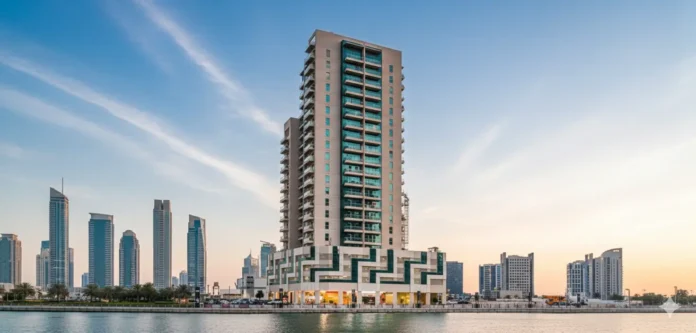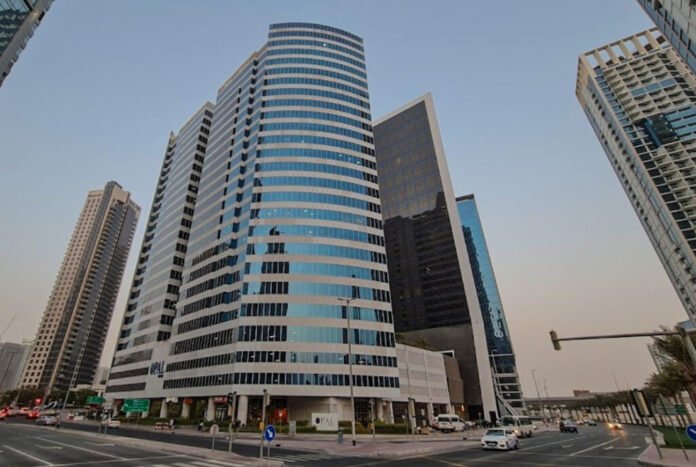Alliance Business Center Network, Dubai: The Smart Choice for Modern Businesses
Dubai never sleeps, and neither do the ambitions of the people who choose this city to build their future. In a place where deals close over coffee at 10 p.m. and new companies launch almost every day, having the right office address can make or break first impressions. That’s where Alliance Business Center Network steps in. For more than 25 years, this homegrown Dubai brand has quietly become one of the most trusted names in flexible office solutions across the emirate.
This article walks through everything worth knowing about Alliance Business Centers in Dubai, from locations and pricing to the small details that actually matter when a client walks through the door.
A Quick Look at the Brand
Alliance Business Centers started in Dubai in the late 1990s, long before “serviced offices” and “co-working” became buzzwords. The company is 100 % locally owned and operated, which explains why staff understand exactly what GCC-based businesses need. Today, the network runs eight premium centers in Dubai and one in Abu Dhabi, with more than 50,000 square meters of office space under management.
Prime Locations That Actually Make Sense
Dubai is still about location, location, location, and Alliance has carefully chosen its locations in Dubai:
Dubai Internet City: Two centres physically located within a Free Zone (free trade area) that serves as an incubator for technology and media companies.
Jumeirah Lake Towers (JLT): Very popular for all types of trade, logistics, and consultancy firms.
Sheikh Zayed Road: Dubai’s historical commercial corridor featuring iconic towers such as Almas Tower & Indigo Tower.
Dubai Media City: A popular hub for creative agencies and broadcasters.
Jebel Ali Free Zone: For companies that rely on proximity to ports and logistics hubs.
Bur Dubai (Bank Street): Still a preferred location for traditional trading and import-export businesses.
All facilities are located within five minutes walking distance of a metro station(or an easy access to the metro via Valet Parking – a consideration most visitors to Dubai will appreciate, considering the extreme heat).
What Companies Actually Get
Alliance keeps packages straightforward:
- Serviced Offices – Private lockable offices from 1 to 20+ people, ready the same day.
- Dedicated Desks & Hot Desks – For smaller teams or freelancers who want a fixed address.
- Virtual Office Plans – Dubai trade license address + mail handling + meeting room access.
- Meeting & Training Rooms – From 4-seat interview rooms to 40-seat training halls with video conferencing.
- Ejari & Tenancy Contracts – Registered Ejari for bank accounts and visas included in every package.
- Clients sign flexible terms – monthly, yearly, or even multi-year, with discounts.
Inside the Centers: What to Expect
Alliance locations are designed like a five-star hotel business lounge, rather than a typical office. They have high ceilings with lots of natural light and incorporate elements of Emirati hospitality. Upon entering an Alliance location, the Reception teams will greet you by name, provide you with a warm cup of Arabic coffee or karak, and assist you with all aspects of your visit, including courier pickup, visa paperwork, and more. All Alliance centres offer the following standardised services:
- High-speed fibre internet service (minimum of 100 Mbps symmetrical)
- Cisco IP phones, allowing unlimited free internal calls between the Emirate
- Unlimited free access to coffee, tea, and chilled water stations
- IT support available on-site
- Convenient 24/7 access to your Alliance Centre and video surveillance security
- Daily cleaning and maintenance of your Alliance Centre.
Pricing That Stays Transparent
- Alliance publishes guide prices openly (rare in Dubai’s serviced office market):
- Virtual office with trade license address: from AED 2,500–4,500 per year
- Single-person serviced office: AED 4,500–7,500 per month
- 4–6 person office: AED 12,000–18,000 per month
- Larger team suites (10+ desks): AED 1,800–2,500 per desk per month
Prices vary by building prestige and view (Burj Khalifa or lake views cost more). No hidden DEA, chiller, or “service fees” surprises at contract renewal, everything sits in writing from day one.
Who Uses Alliance Centers
- The client list reads like a snapshot of Dubai’s economy:
- European SMEs opening their Middle East headquarters
- Indian family offices managing regional investments
- Crypto and fintech startups (especially in Internet City)
- Regional law firms and management consultancies
- Freelance journalists and photographers who need a credible address
Many clients start with a virtual office to test the market, then move into physical space once visas and bank accounts are ready.
Onboarding Speed, A Real Advantage
Setting up a company in Dubai can feel slow, but Alliance moves fast. Most clients sign the agreement and collect access cards the same day. Companies that already have a trade license can start working within hours. For new setups, the in-house PRO team handles Ejari registration and tenancy contract attestation in 1–2 working days.
How Alliance Stands Out from the Big Global Players
Compared to Regus, WeWork, or Servcorp, Alliance often wins on:
- Lower prices for similar (or better) grade-A buildings
- Truly flexible exit clauses – no heavy penalties for early departure
- Local ownership that understands RERA rules and free-zone quirks
- Arabic-speaking staff who can liaise directly with government departments
Clients regularly mention the “family feel” even in the largest centers.
Recent Upgrades and Expansion Plans
In 2024–2025, Alliance renovated the JLT and Sheikh Zayed Road locations with new lounges, phone booths, and outdoor terraces. The company also launched “Alliance Plus” – fully fitted plug-and-play offices with furniture, branding walls, and even pantry stocking included for larger teams.
Word on the street says two new centers will open in Dubai Hills Business Park and Dubai South by late 2026.
Final Thoughts
In a city flooded with flashy office providers, Alliance Business Center Network stays refreshingly straightforward. Companies get prestigious addresses, hassle-free setup, and genuine support without the corporate rigidity or sky-high fees. Whether a solo entrepreneur needs a virtual office for a Dubai visa, or a growing team wants 30 desks tomorrow morning, Alliance consistently delivers.
For anyone serious about doing business in Dubai the smart way, Alliance deserves a spot on the shortlist. One site visit usually seals the deal – the coffee is good, the views are better, and the price suddenly feels very reasonable

















